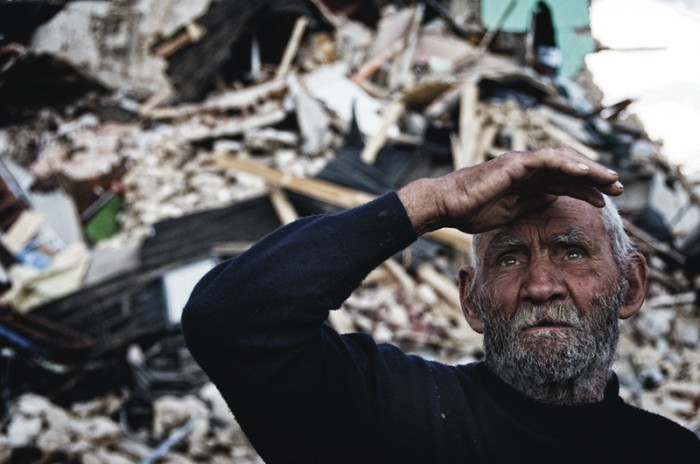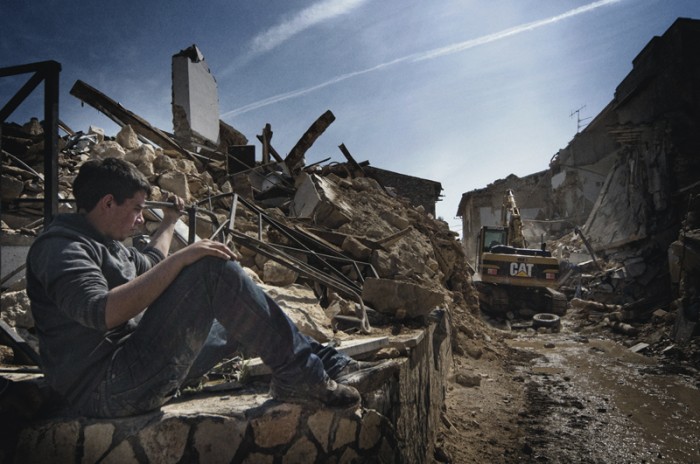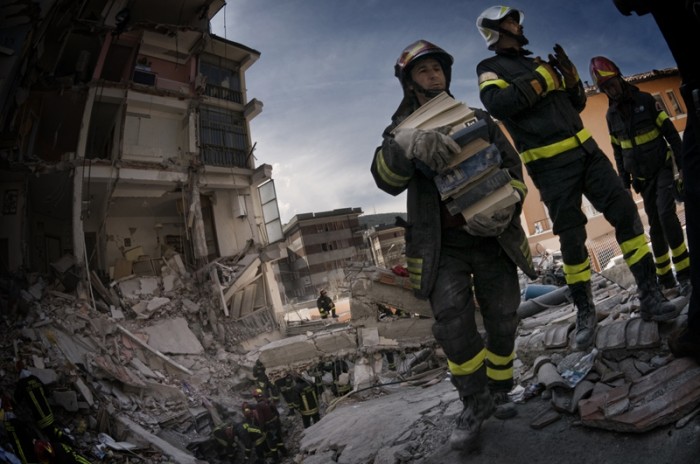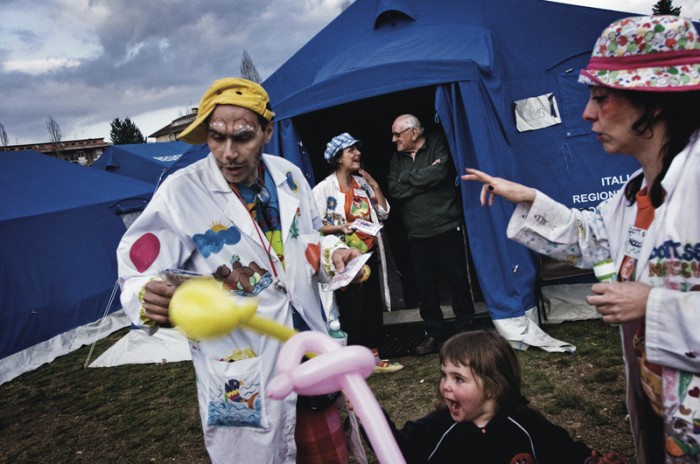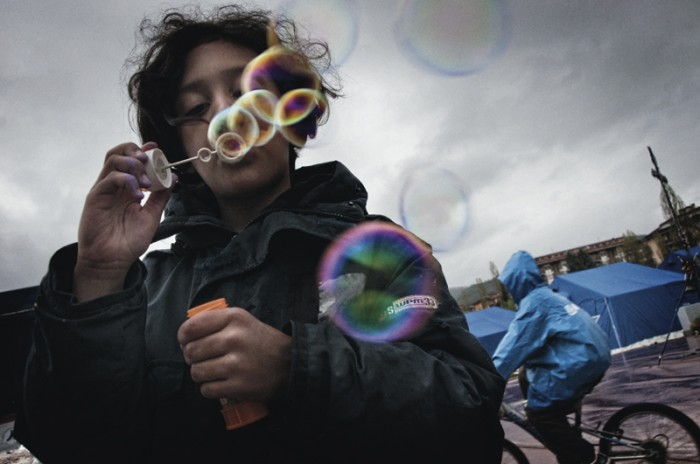This website uses cookies so that we can provide you with the best user experience possible. Cookie information is stored in your browser and performs functions such as recognising you when you return to our website and helping our team to understand which sections of the website you find most interesting and useful.
earthquake in Abruzzo
-
PrizeSilver in Book (Series Only)/Documentary
-
Photographermarcello scopelliti, Italy
-
Studiomarcello scopelliti photographer
-
Website
6-28 April 2009 Abruzzo
Marcello Scopelliti: born in 1968, has attended Istituto Superiore di Fotografia (Superior Photografic Institute). He works since 1984 as a freeelance photographer, particularly in advertising, architecture reportage and photojournalism (realizing works for Lâ??Espresso e La Repubblica). He has realized institutional works for Consiglio dei Ministri and many other public and private bodies. His reportage on Lâ??Aquila earthquake has been awarded at the PX3 de Paris in the books section. He has participated to many exhibitions of photography all over Italy, where he is represented by Galleria Romberg Arte Contemporanea.
Quartiere Nicolosi is the oldest working class area in Latina, an Italian city 60km south of Rome. Contrary to most Italian cities and towns Latina is a very modern city, being the result of land reclaiming done in 1932, during the Mussoliniâ??s fascist regime. Before 1932 in and around this area there were huge marshes, almost desert of any human presence, and Nicolosi became the first area populated by people working at the edification of the city, mainly immigrants from the Italian north-east.
78 years later Latina is a modern city of 120.000, but still ranking every year at the bottom positions in the annually compiled table of Italian cities, concerning the quality of life. And at the same time, Nicolosi is still a working class area populated by immigrants, this time not coming from Veneto, but from Romania, India and Maghreb. Once more, an area chosen by different people to start a new life from zero, a small urban working class community, often sharing overcrowded micro flats but always proud of their being â??pioneersâ??, and more and more often opening their own business, so to stop being exploited labour and become real businessman. A sign of equality and democracy, as testify the many kebab shops, Rumanian bars, halal butcheries and Indian hairdresser.
Nicolosi is a typical example of rationalistic architectures, and was designed as a space to implement socialization among the newly come, where people can share open spaces, like green areas, benches and low walls where to sit on, and even the â??stenditoioâ??, a communal space where to leave the washing to dry open air. This urbanistic conception still today allows people to spend most of their days sitting outdoor and mingling with people of different languages and nationalities, in a inclusive community revealing to be stronger of the diffidence towards the â??strangerâ?? which marks the modern times in most of the rest of the city.
